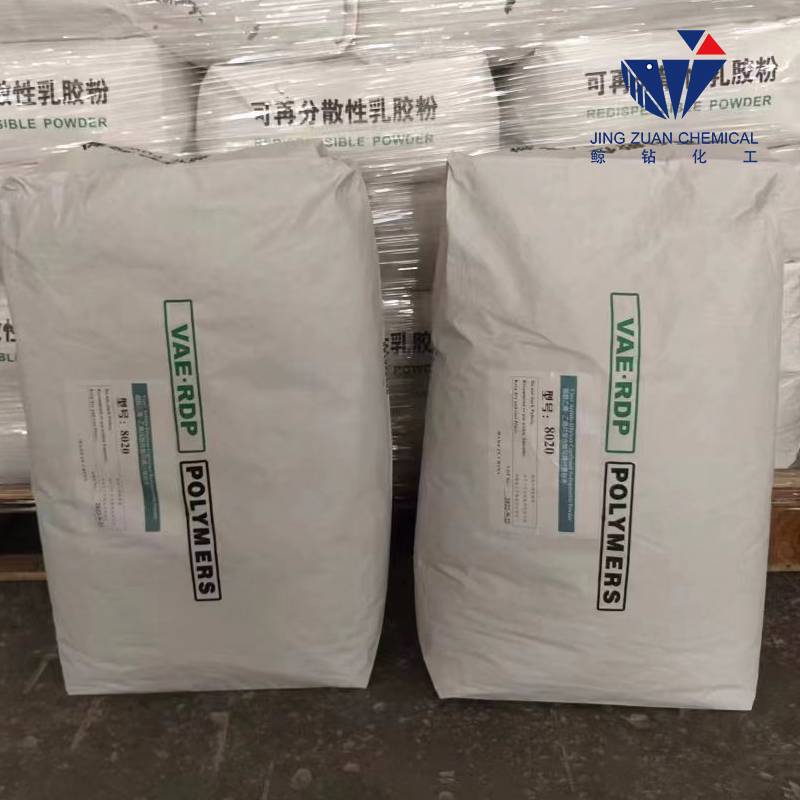
Okt . 12, 2024 16:24 Back to list
hydroxyethyl cellulose uses
Hydroxyethyl Cellulose Versatile Applications and Benefits
Hydroxyethyl cellulose (HEC) is a water-soluble polymer derived from cellulose, which is one of the most abundant natural polymers on Earth. This versatile compound has gained prominence across various industries due to its unique properties and functionality. Essentially, HEC is used as a thickening, gelling, and stabilizing agent, making it invaluable in a wide array of applications.
One of the primary uses of hydroxyethyl cellulose is in the construction industry. It is commonly used in cement-based building materials, such as mortars, tile adhesives, and grouts. When incorporated into these products, HEC improves their workability, water retention, and overall performance. The thickening properties of HEC allow for better adhesion and bonding, leading to more durable and long-lasting structures. Moreover, its ability to retain moisture prevents premature drying of the mixture, which can adversely affect the integrity of construction materials.
Hydroxyethyl Cellulose Versatile Applications and Benefits
The pharmaceutical industry also benefits greatly from the unique properties of hydroxyethyl cellulose. HEC is used as an inactive ingredient in various formulations, including tablets, ointments, and gels. Its role as a binding agent helps to ensure that solid dosage forms maintain their structural integrity. Furthermore, HEC can also serve as a controlled-release agent, allowing for the gradual release of active pharmaceutical ingredients over time, which can enhance therapeutic outcomes for patients.
hydroxyethyl cellulose uses

In the food industry, hydroxyethyl cellulose is used as a food additive, where it acts as a thickening and stabilizing agent in a variety of products, including sauces, dressings, and dairy items. Its ability to improve the texture and mouthfeel of food products makes it a popular choice among food manufacturers. Additionally, HEC can enhance the shelf life of food items by preventing settling and separation, ensuring a consistent product that satisfies consumer expectations.
Another emerging application of hydroxyethyl cellulose is in the field of pharmaceuticals as a component in eye drops and other ophthalmic solutions. HEC helps to retain moisture in the eye, providing relief for dry eyes and improving the comfort of contact lens wearers. Its bio-compatibility and ease of use make it a favorable choice in creating formulations designed for ocular applications.
Environmental appeals of hydroxyethyl cellulose also cannot be overlooked. As a cellulose derivative, HEC is biodegradable and poses fewer environmental risks compared to synthetic polymers. Its renewable nature aligns with the growing trend towards sustainable practices in various industries, prompting manufacturers to seek eco-friendly alternatives like HEC.
In conclusion, hydroxyethyl cellulose is a multifaceted polymer that finds applications across numerous sectors, including construction, personal care, pharmaceuticals, food, and even environmental applications. Its unique characteristics—such as water solubility, thickening ability, and gel-forming nature—make it an essential ingredient in countless formulations. As industries continue to innovate and seek more efficient and sustainable solutions, the relevance of HEC is likely to grow, underscoring its significance in modern applications. With ongoing research and development, the potential uses of hydroxyethyl cellulose may continue to expand, positioning it as a vital component in both current and future advancements across various fields.
-
Versatile Hpmc Uses in Different Industries
NewsJun.19,2025
-
Redispersible Powder's Role in Enhancing Durability of Construction Products
NewsJun.19,2025
-
Hydroxyethyl Cellulose Applications Driving Green Industrial Processes
NewsJun.19,2025
-
Exploring Different Redispersible Polymer Powder
NewsJun.19,2025
-
Choosing the Right Mortar Bonding Agent
NewsJun.19,2025
-
Applications and Significance of China Hpmc in Modern Industries
NewsJun.19,2025







